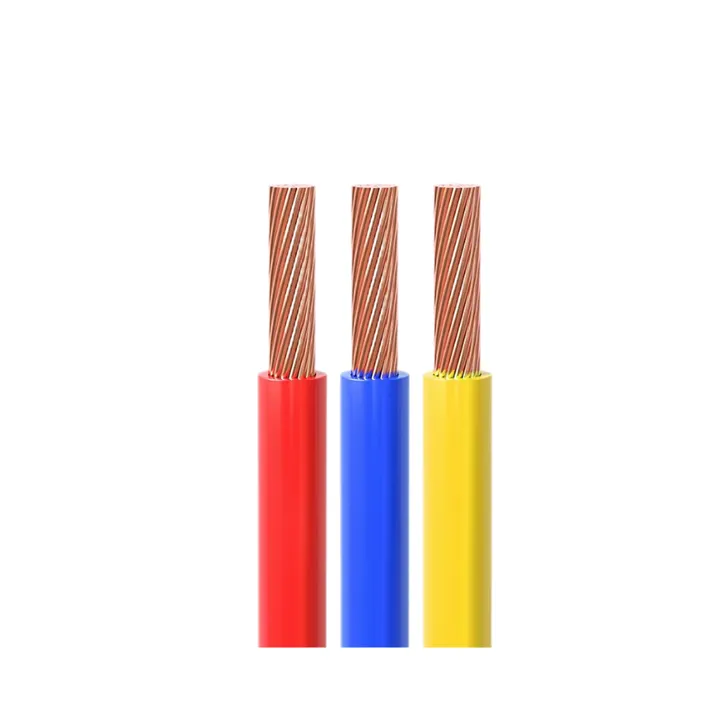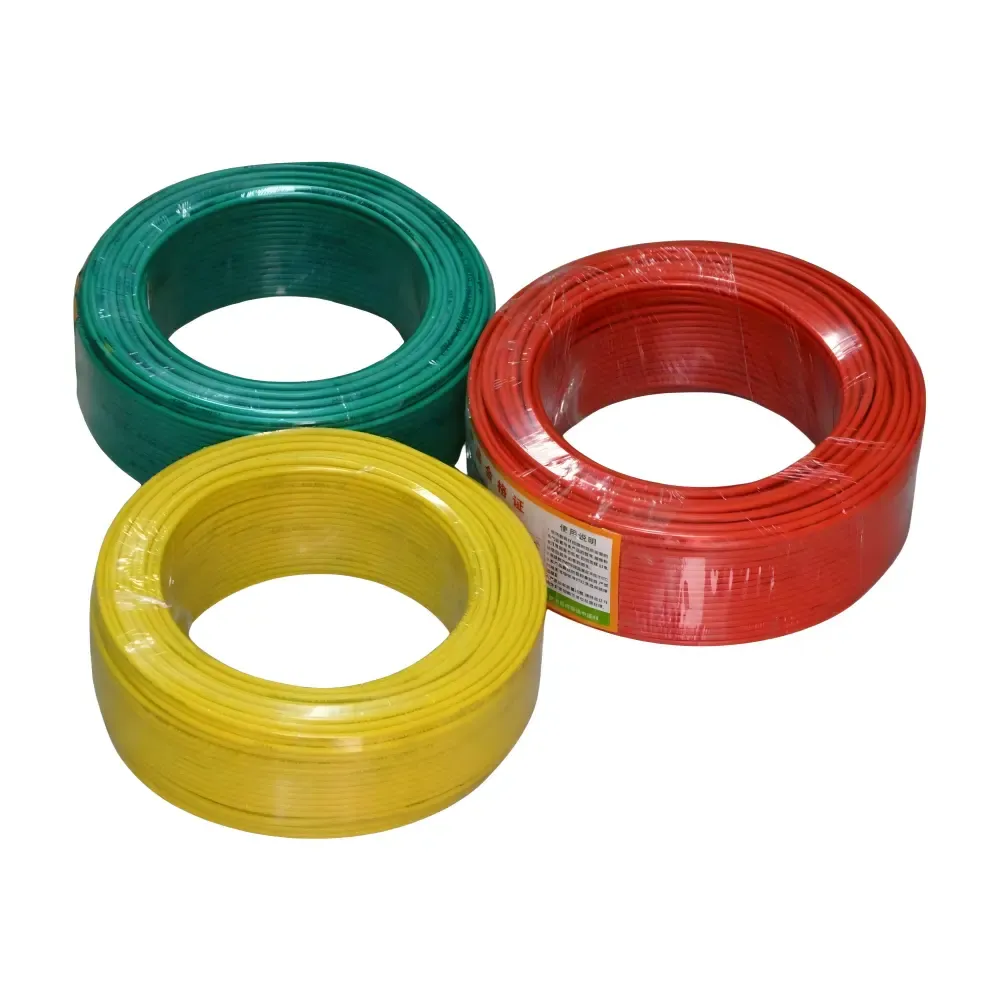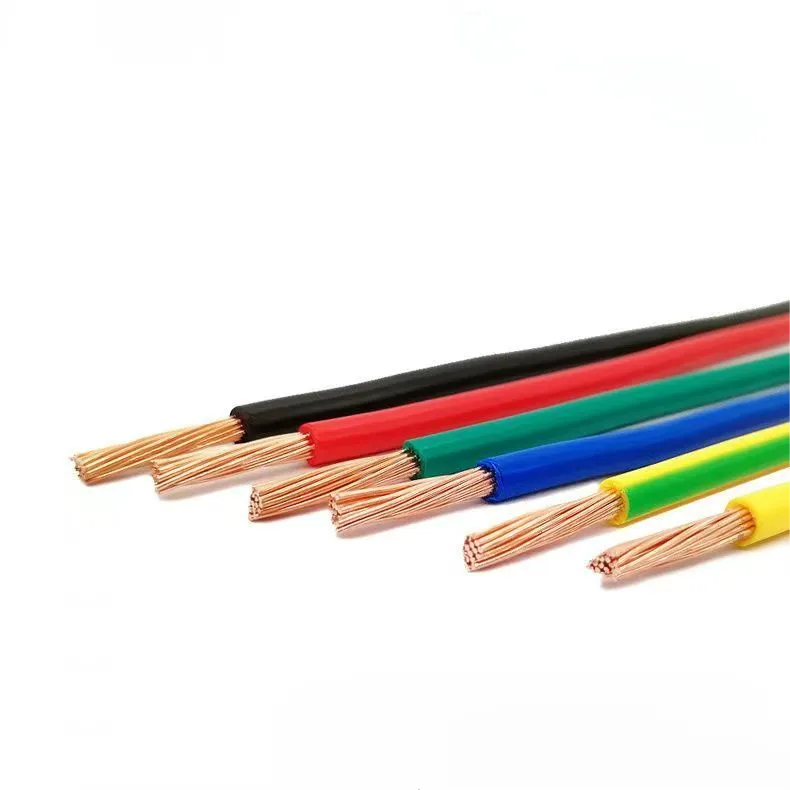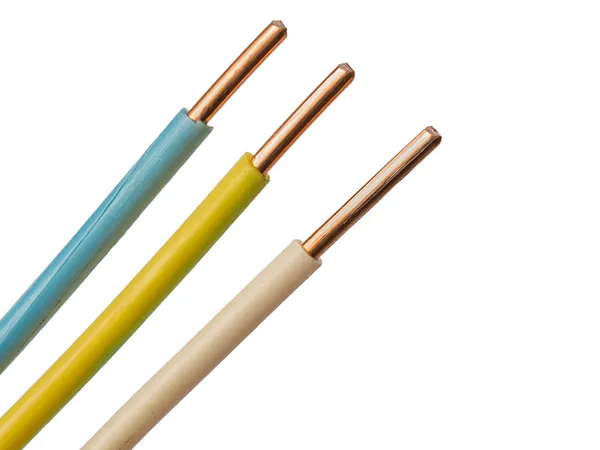Cable Applications in Modern Manufacturing Plants
Time: 2025-07-22 16:25:56
Source: Henan Province Jianyun Cable Co., Ltd.
Modern manufacturing plants rely on advanced cabling systems to support power distribution, automation, data communication, and control systems critical to efficient and safe operations. These facilities, encompassing industries such as automotive, aerospace, pharmaceuticals, and food processing, require cables that withstand harsh conditions, including high temperatures, chemical exposure, and mechanical stress, while ensuring compliance with safety and performance standards. This guide details the primary cable applications in manufacturing plants, recommended cable types, and considerations for their selection and implementation, presented in a formal and structured manner.
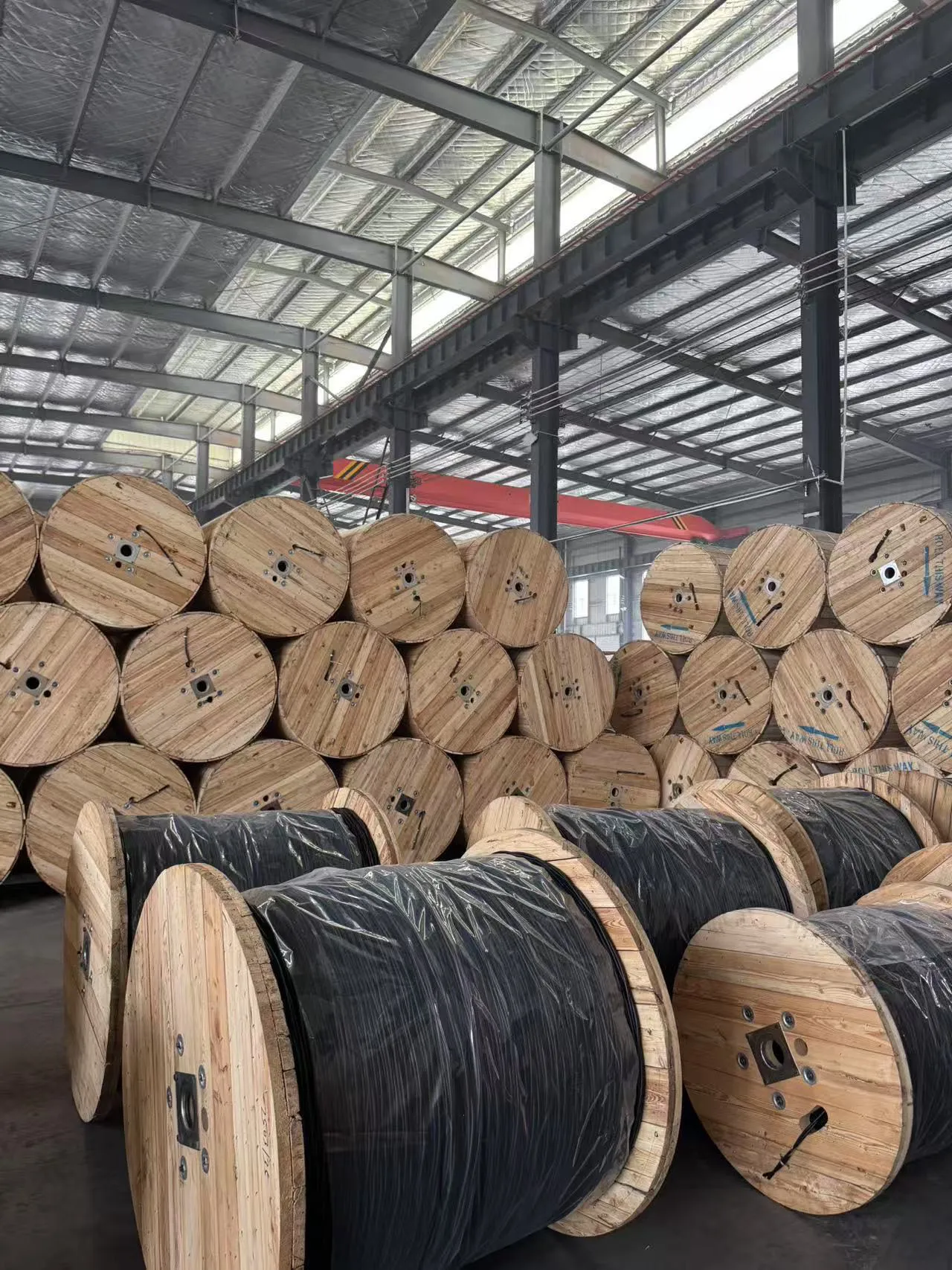
Table of Contents
1. Operational Requirements in Manufacturing Plants
Manufacturing plants present diverse challenges that influence cable selection and application:
-
Power Distribution: Reliable power supply for machinery, robotics, and lighting, requiring cables with high current-carrying capacity and minimal losses.
-
Automation and Control: Support for automated systems, including PLCs (Programmable Logic Controllers), sensors, and actuators, necessitating precise signal transmission.
-
Data Communication: High-speed data networks for real-time monitoring, IoT integration, and Industry 4.0 applications, requiring low-latency and interference-resistant cables.
-
Environmental Challenges: Exposure to chemicals, oils, high temperatures, and mechanical wear from moving equipment or vibrations.
-
Safety Compliance: Adherence to standards like IEC, UL, or EN 50575 (EU CPR) for fire safety, especially in facilities with confined spaces or hazardous materials.
-
Flexibility and Durability: Cables must accommodate dynamic movements in robotic arms or conveyor systems while maintaining long-term durability.
2. Key Cable Applications
Cables in manufacturing plants serve multiple functions, each requiring specific characteristics:
-
Power Supply: Delivering electricity to heavy machinery, motors, and auxiliary systems, typically at low (0.6/1kV) or medium voltage (1–35kV).
-
Control Systems: Transmitting signals to and from PLCs, sensors, and actuators for precise control of manufacturing processes.
-
Data Communication: Supporting Ethernet, Profibus, or other protocols for real-time data exchange in smart manufacturing environments.
-
Instrumentation: Enabling accurate measurement and monitoring of parameters like temperature, pressure, or flow in production lines.
-
Robotics and Automation: Providing flexible, durable cables for robotic arms and automated guided vehicles (AGVs) with frequent movement.
-
Emergency Systems: Ensuring reliable operation of fire alarms, emergency lighting, and shutdown systems in case of incidents.
3. Recommended Cable Types
The following cable types are optimized for manufacturing plant applications, addressing power, control, data, and safety needs:
3.1 Low-Voltage Power Cables
-
Description: Cables for power distribution to machinery, lighting, and auxiliary systems, typically rated at 0.6/1kV.
-
Construction: Copper or aluminum conductors, XLPE or PVC insulation, LSZH or PVC sheathing, and optional steel wire/tape armoring for mechanical protection.
-
Applications: Powering motors, conveyors, and lighting systems in manufacturing plants.
-
Advantages: Cost-effective, reliable for short to medium distances, and resistant to industrial environments.
-
Standards: IEC 60502-1, UL 83, EN 50525.
3.2 Low-Smoke, Zero-Halogen (LSZH) Cables
-
Description: Cables designed to emit minimal smoke and no toxic halogens during fire, critical for safety in confined plant areas.
-
Construction: Copper conductors, XLPE insulation, LSZH sheathing, and optional armoring for enhanced durability.
-
Applications: Power and control circuits in areas with high personnel presence or limited ventilation, such as control rooms or assembly lines.
-
Advantages: Enhances fire safety, compliant with strict regulations, and suitable for indoor use.
-
Standards: IEC 60754, IEC 61034, EN 50575.
3.3 Instrumentation and Control Cables
-
Description: Multi-core cables for low-power signals, designed for precise control and monitoring in automation systems.
-
Construction: Copper conductors, twisted pair or multi-core design, XLPE or PVC insulation, individual or collective screening, and LSZH or PUR sheathing.
-
Applications: Connecting PLCs, sensors, and actuators in production lines for process control.
-
Advantages: Low electromagnetic interference, high signal integrity, and resistance to oils and chemicals.
-
Standards: EN 50288-7, IEC 60227.
3.4 Flexible Robotic Cables
-
Description: Highly flexible cables designed for dynamic applications in robotics and automated machinery.
-
Construction: Fine-stranded copper conductors, TPE or PUR insulation, and abrasion-resistant PUR sheathing, often with shielding for EMI protection.
-
Applications: Robotic arms, AGVs, and other moving equipment in manufacturing plants.
-
Advantages: High flexibility, withstands millions of bending cycles, and resistant to oils and mechanical wear.
-
Standards: IEC 60228, UL 758.
3.5 Fiber Optic Cables
-
Description: Cables for high-speed data transmission, supporting Industry 4.0 and IoT applications.
-
Construction: Single-mode or multi-mode fibers, LSZH or PUR sheathing, and optional armoring for mechanical protection.
-
Applications: Ethernet networks, SCADA systems, and real-time monitoring in smart factories.
-
Advantages: High bandwidth, immunity to electromagnetic interference, and support for long-distance data transmission.
-
Standards: IEC 60794, ITU-T G.652.
3.6 Fire-Resistant Cables
-
Description: Cables that maintain circuit integrity during fire, essential for emergency systems in manufacturing plants.
-
Construction: Copper conductors, mica tape insulation for fire resistance, XLPE or LSZH sheathing, and optional armoring.
-
Applications: Fire alarms, emergency lighting, and shutdown systems in high-risk areas.
-
Advantages: Ensures operational continuity during fire, compliant with safety regulations.
-
Standards: IEC 60331, BS 6387, EN 50200.
4. Comparison of Cable Types
|
Cable Type
|
Application
|
Key Features
|
Environment
|
Standards
|
|
Low-Voltage Power
|
Power Distribution
|
XLPE/PVC insulation, optional armoring
|
Motors, lighting
|
IEC 60502-1, UL 83
|
|
LSZH
|
Power/Control
|
Low-smoke, halogen-free, armored
|
Confined spaces
|
IEC 60754, EN 50575
|
|
Instrumentation
|
Control Systems
|
Twisted pair, screened, LSZH/PUR
|
PLCs, sensors
|
EN 50288-7, IEC 60227
|
|
Flexible Robotic
|
Robotics/Automation
|
Fine-stranded, TPE/PUR, shielded
|
Dynamic equipment
|
IEC 60228, UL 758
|
|
Fiber Optic
|
Data Transmission
|
Non-electrical, LSZH/PUR, armored
|
Networks, SCADA
|
IEC 60794, ITU-T G.652
|
|
Fire-Resistant
|
Emergency Systems
|
Mica tape, XLPE/LSZH, fire integrity
|
Alarms, lighting
|
IEC 60331, BS 6387
|
5. Installation and Maintenance Guidelines
Proper installation and maintenance ensure the reliability and safety of cables in manufacturing plants:
-
Certified Installation: Use trained personnel familiar with industrial standards (e.g., IEC 60204, UL 508A) to install cables, ensuring compliance with safety regulations.
-
Cable Routing: Use cable trays, conduits, or raceways to protect cables from mechanical damage, chemicals, and heat, segregating power and data cables to avoid interference.
-
Grounding and Bonding: Implement equipotential bonding for armored cables and shields to prevent electrical hazards and ensure EMI protection.
-
Environmental Protection: Select cables with appropriate sheathing (e.g., PUR for oil resistance, LSZH for fire safety) based on exposure to chemicals, heat, or moisture.
-
Periodic Inspections: Conduct regular visual and electrical inspections to check for wear, insulation degradation, or connector damage, per IEC 60364-6.
-
Testing: Perform insulation resistance, continuity, and signal integrity tests using tools like megohmmeters or network analyzers to verify performance.
-
Maintenance Records: Maintain detailed records of installation, inspections, and repairs for compliance and troubleshooting purposes.
-
Dynamic Applications: Ensure flexible robotic cables are installed with sufficient bend radius and strain relief to withstand repetitive movements.
6. Conclusion
Modern manufacturing plants depend on specialized cables to support power distribution, automation, data communication, and safety systems. Low-voltage power cables, LSZH cables, instrumentation cables, flexible robotic cables, fiber optic cables, and fire-resistant cables are among the best options, each tailored to specific applications and environmental challenges. By selecting cables that meet standards like IEC 60502, EN 50575, and UL 758, and adhering to proper installation and maintenance practices, plant operators can ensure reliable, safe, and efficient operations. Careful consideration of environmental conditions, regulatory compliance, and system requirements is essential for optimizing cable performance in manufacturing environments.

